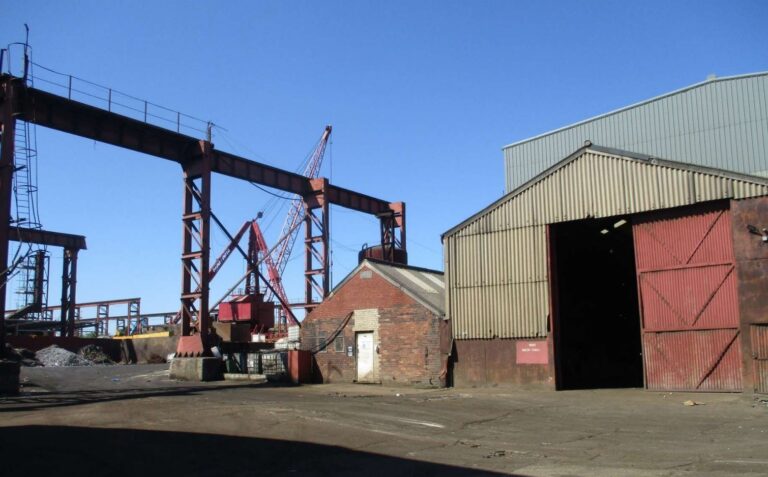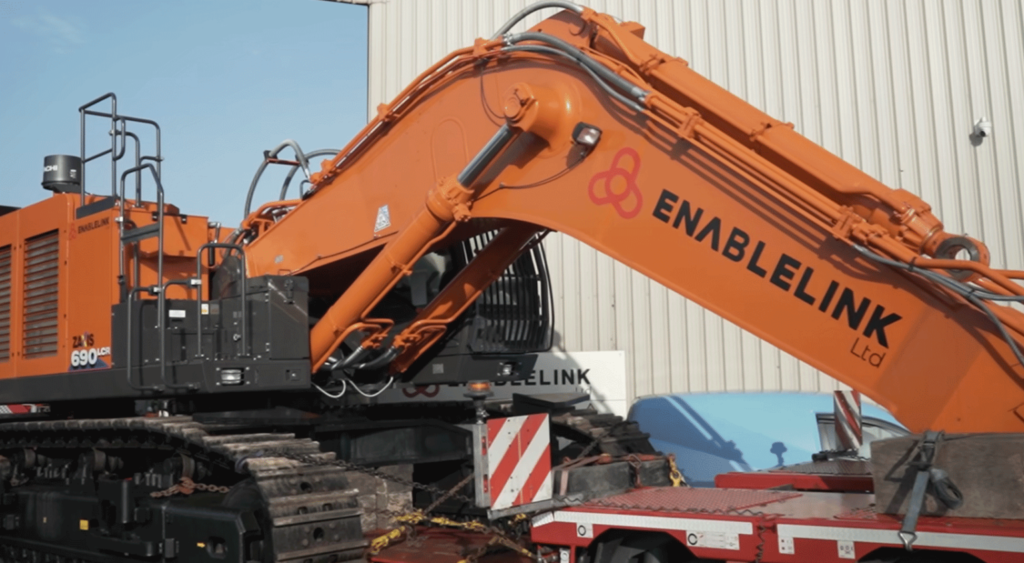The “own marque” outline is still subject to discussion amongst the DTI's ELV Consultation Group, which includes representatives of vehicle dismantlers, metal recyclers and the motor industry.
In its existing form, the plan confirms that “service providers” – more commonly known in producer responsibility as compliance schemes – could get involved by taking on the responsibilities of vehicle manufacturers and importers.
It states: “Producers will be allowed to develop their networks individually, or in collaboration with other producers, or through “service providers”, offering to discharge a producer's registration, network and take-back obligations on its behalf. Such organisations would also need to register with the regulator. We will be seeking to ensure that a competitive market for ELVs is maintained and encouraged, particularly at local level.”
This could see organisations taking on ELV responsibilities in a similar way in which compliance schemes take on the responsibilities of packaging producers under the UK packaging waste regulations.
About 2 million ELVs arise in the UK each year. Under the terms of the ELV Directive, producers will have to ensure 85% recovery and 80% recycling of their vehicles by weight by January 1, 2006, although vehicles made before 1980 have lower targets of 75% recovery and 70% recycling. By 2015, recovery rates will have to be 95% and recycling rates at 85% for all vehicles.
Following the closure of the DTI's consultation on options for the period up to 2006 in implementing the ELV directive in the UK, the Department has started the process gearing up to its next consultation, on the period after 2006.
After 2006, manufacturers have to ensure there is a system of free take-back for last owners of ELVs, and that Authorised Treatment Facilities (ATFs) are at a “reasonable” distance from most last owners. The number of dismantlers and scrapyards operating currently – thought to be about 3,500- 4,000 – suggests that the last owner has at present a two to three mile average distance to travel.
Own marque
The document acknowledges the influence of Trade and Industry Secretary Patricia Hewitt, who has called for the “own marque” approach to be looked at rather than the Vehicle Recovery Note approach (see letsrecycle.com story).
The current form of the “own marque” model includes the following points:
- Producers will register with regulator each year, declaring the vehicle marques they are responsible for and the vehicle identification numbers of vehicles they have placed on the market.
- The regulator will pursue the marques and vehicles unaccounted for, although responsibility for some “grey” vehicles may have to be shared out among known producers.
- Only Authorised Treatment Facilities will be permitted to treat ELVs and issue Certificates of Destruction.
- Producers would set up their own networks of ATFs – either individually or collectively or through “service providers” – for the free take-back of ELVs for which they are responsible
- Service providers that organise producers' registration, network and take-back obligations will have to register with the regulator.
- ATFs will accept ELVs free of charge from last owners as long as they contain all essential components – engine, coachwork and catalytic converter – and do not contain any other waste.
- Producers will negotiate ELV values with their ATFs. ATFs can treat ELVs they are not contracted to treat if they have decided those ELVs have sufficient value, but producers would not be responsible for uncontracted ELVs.
- A producer's ATF network will have to be “reasonably accessible” to the last owner of the ELV, with sufficient treatment capacity to treat to the required standard all vehicles for which the producer is responsible.
- Producers would submit operational plans for their ATF network to the regulator each year and declarations of the number of ELVs treated on their behalf each half year.
The Driver and Vehicle Licensing Agency is likely to have a role in maintaining a database of VIN numbers and details of marque, model and registration to cross-reference with SMMT data to allow producers to monitor numbers and weights of their vehicles being processed. The Environment Agency, as well as being a possible regulator, is likely to be involved in the monitoring of recovery and recycling rates.
The DTI admits that the “own marque” approach has not yet found a solution to the problem of orphan vehicles – ELVs of a marque no longer in business – and “grey vehicles” – vehicles imported into the UK but not intended by their manufacturers for the UK market. But the ELV Consultation Group will meet over the next few weeks to discuss this and other outstanding issues before the expected consultation document is released in the autumn.










Subscribe for free